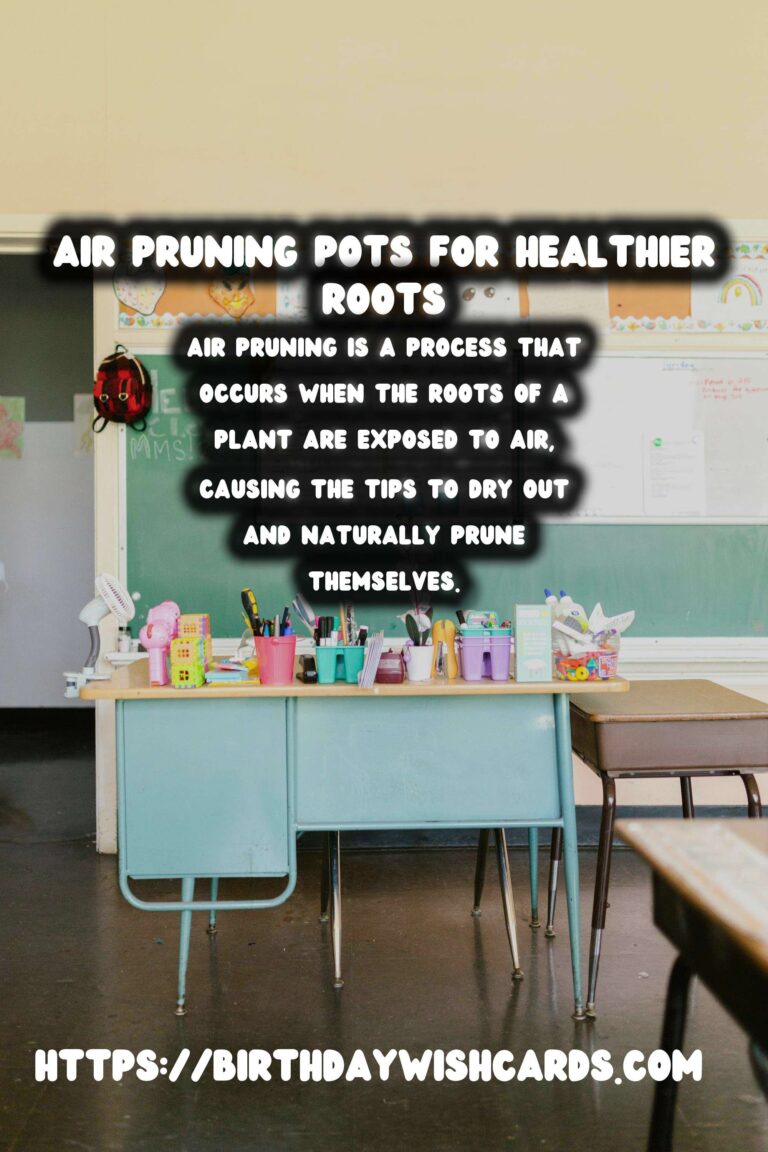
Gardening enthusiasts and professional horticulturists alike are continuously seeking innovative methods to enhance plant growth and health. One such innovation that has gained popularity is the use of air pruning pots. These specialized containers are designed to naturally prune plant roots, promoting healthier and more robust growth. In this article, we’ll explore the concept of air pruning, how air pruning pots work, and the benefits they offer to gardeners and their plants.
What is Air Pruning?
Air pruning is a process that occurs when the roots of a plant are exposed to air, causing the tips to dry out and naturally prune themselves. This process encourages the plant to produce a more extensive root system with a higher number of root branches. The result is a healthier plant that can absorb nutrients and water more efficiently.
How Do Air Pruning Pots Work?
Air pruning pots are designed with a series of small holes or slits along their sides. These openings allow air to reach the root tips as they grow outwards, facilitating the air pruning process. The exposure to air prevents the roots from circling within the pot, a common issue in traditional containers that can lead to root-bound plants. Instead, the roots are encouraged to branch out, creating a dense and fibrous root system.
Benefits of Using Air Pruning Pots
Using air pruning pots offers several advantages over traditional pots. Firstly, they help prevent root circling and root-bound plants, which can stunt growth and reduce plant health. Secondly, the increased root branching enhances the plant’s ability to absorb nutrients and water, leading to faster growth and stronger plants. Additionally, air pruning pots improve drainage and aeration, reducing the risk of overwatering and root rot.
Applications for Air Pruning Pots
Air pruning pots are versatile and can be used for a wide variety of plants, including vegetables, herbs, flowers, and even trees. They are particularly beneficial for plants that require strong root systems, such as tomatoes, peppers, and fruit trees. Whether you’re growing plants indoors or outdoors, air pruning pots can help maximize your gardening efforts and yield healthier, more productive plants.
Choosing the Right Air Pruning Pots
When selecting air pruning pots, consider the size and type of plants you wish to grow. Larger pots are suitable for bigger plants or those with extensive root systems, while smaller pots are ideal for young plants or herbs. It’s also important to choose pots made from durable materials that can withstand the elements if used outdoors.
Conclusion
Air pruning pots offer a simple yet effective solution for enhancing plant root systems, leading to healthier and more vigorous plants. By understanding and utilizing the principles of air pruning, gardeners can optimize their growing conditions and achieve better results. Whether you’re a seasoned gardener or a beginner, incorporating air pruning pots into your gardening routine can make a significant difference in plant health and productivity.
Air pruning is a process that occurs when the roots of a plant are exposed to air, causing the tips to dry out and naturally prune themselves. Air pruning pots are designed with a series of small holes or slits along their sides that allow air to reach the root tips. Using air pruning pots helps prevent root circling and promotes a dense and fibrous root system. Air pruning pots improve drainage and aeration, reducing the risk of overwatering and root rot. These pots are versatile and can be used for a wide variety of plants, enhancing overall plant growth and health. 
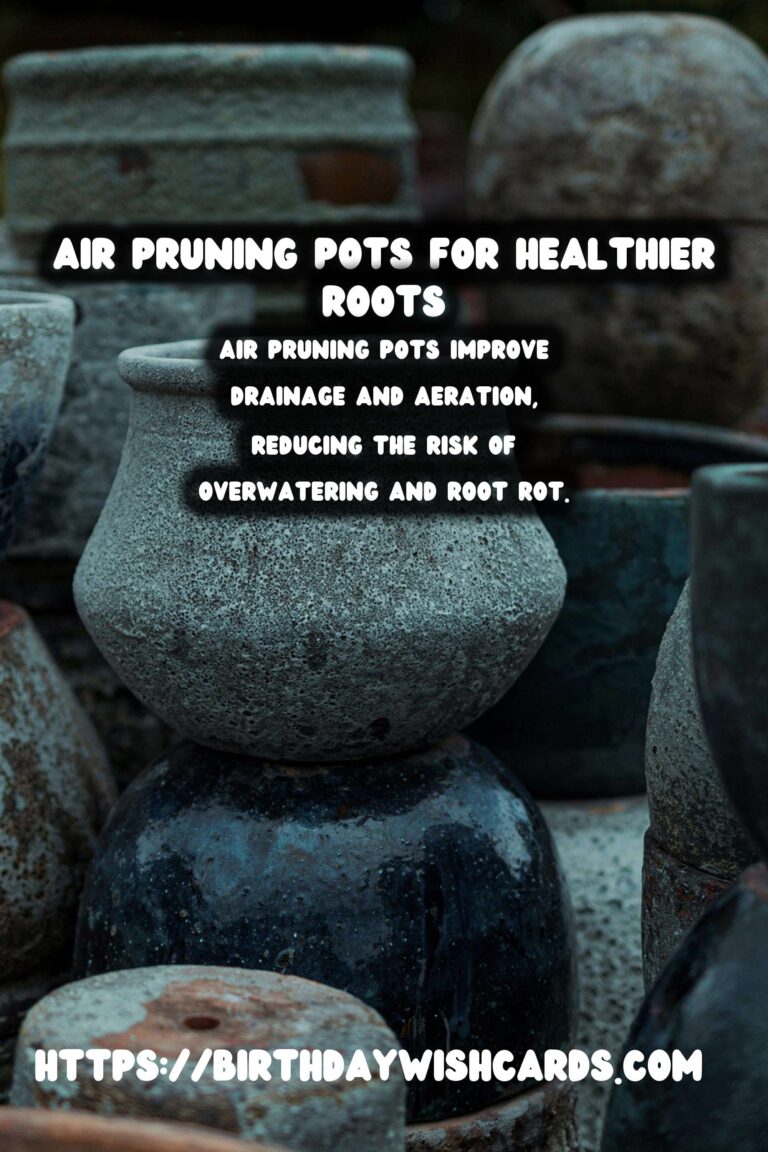
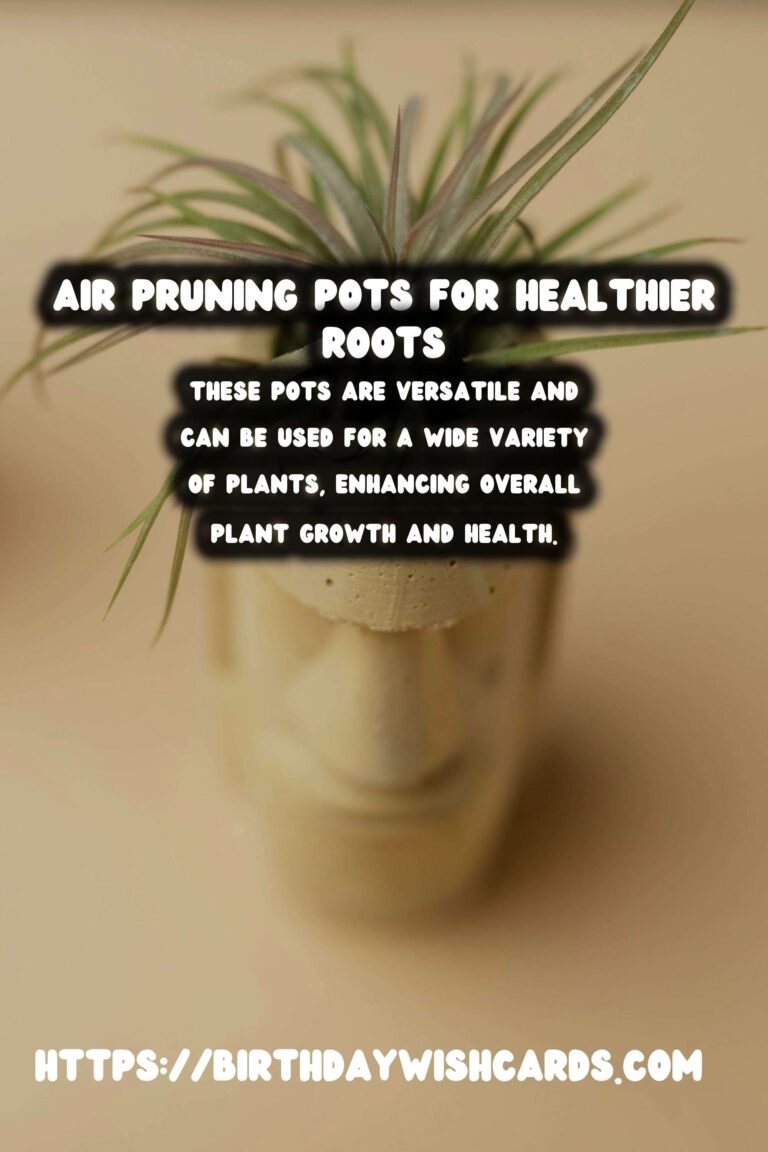
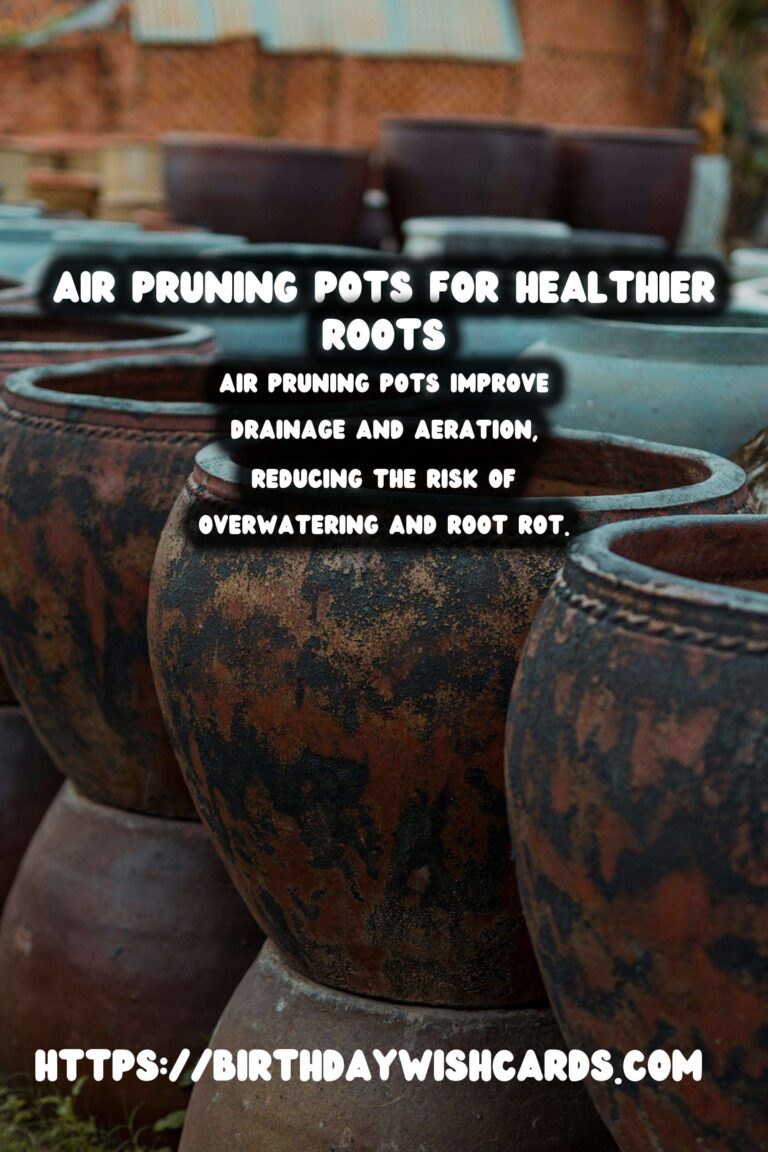

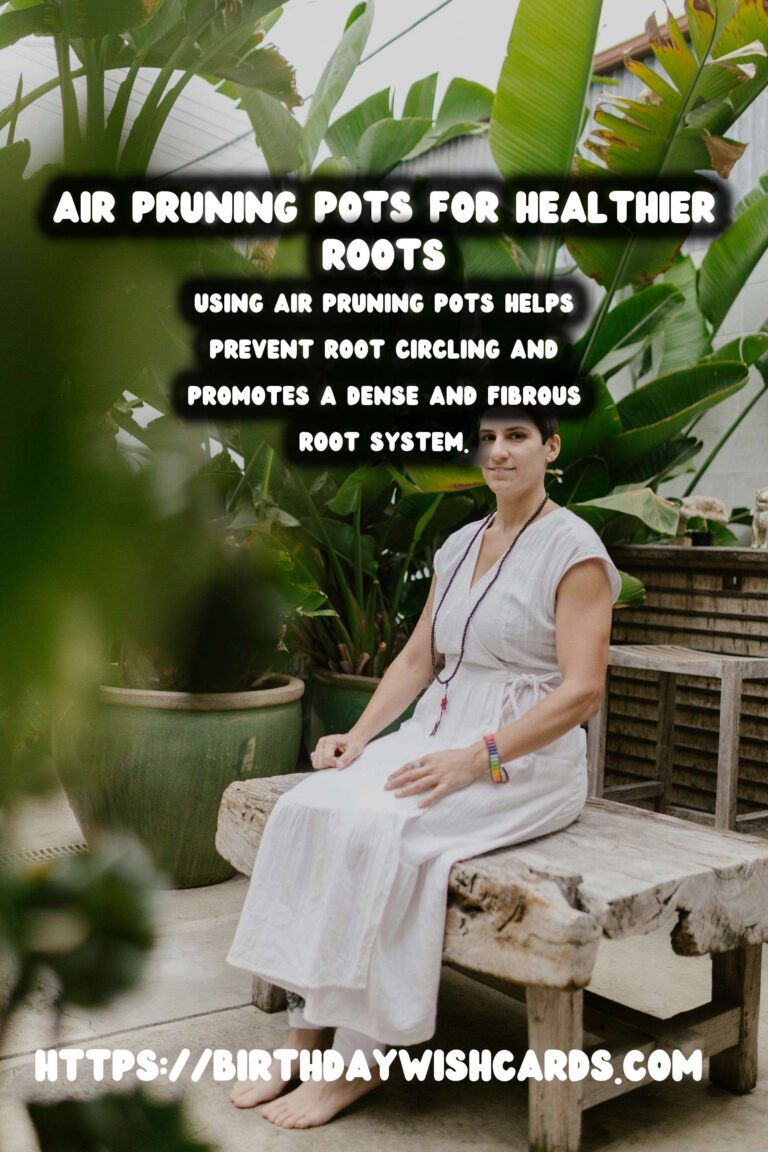
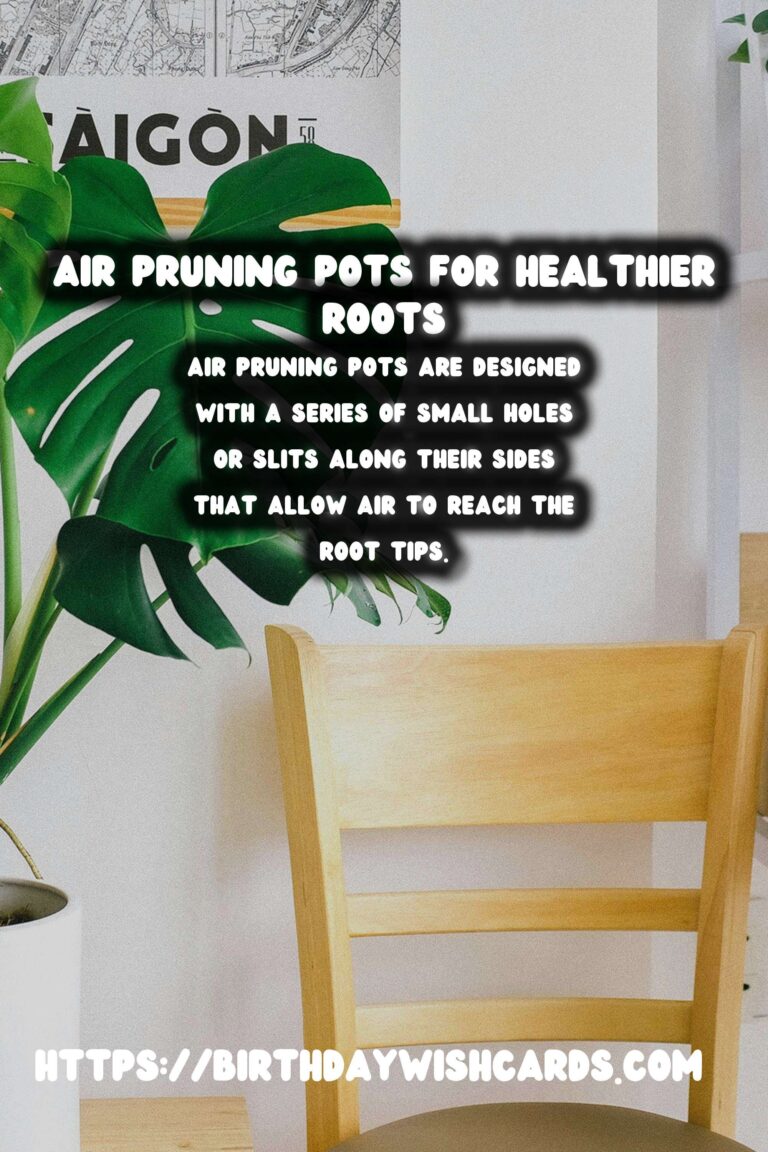
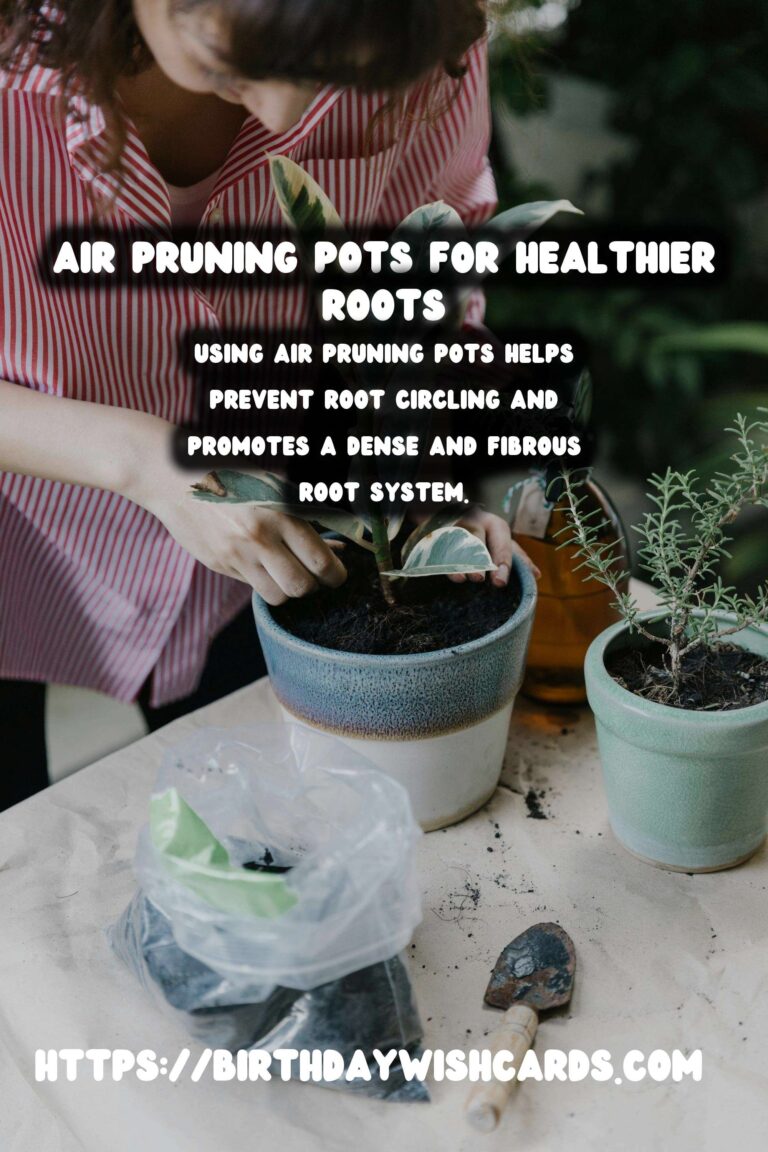
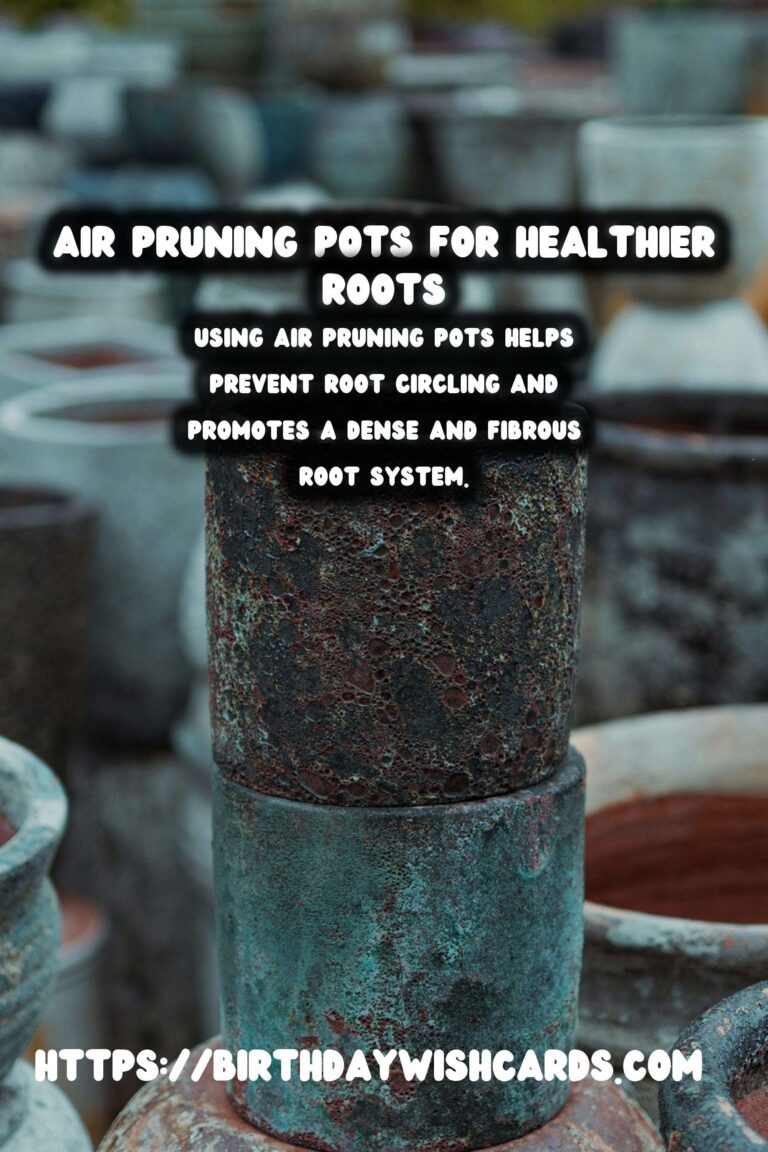
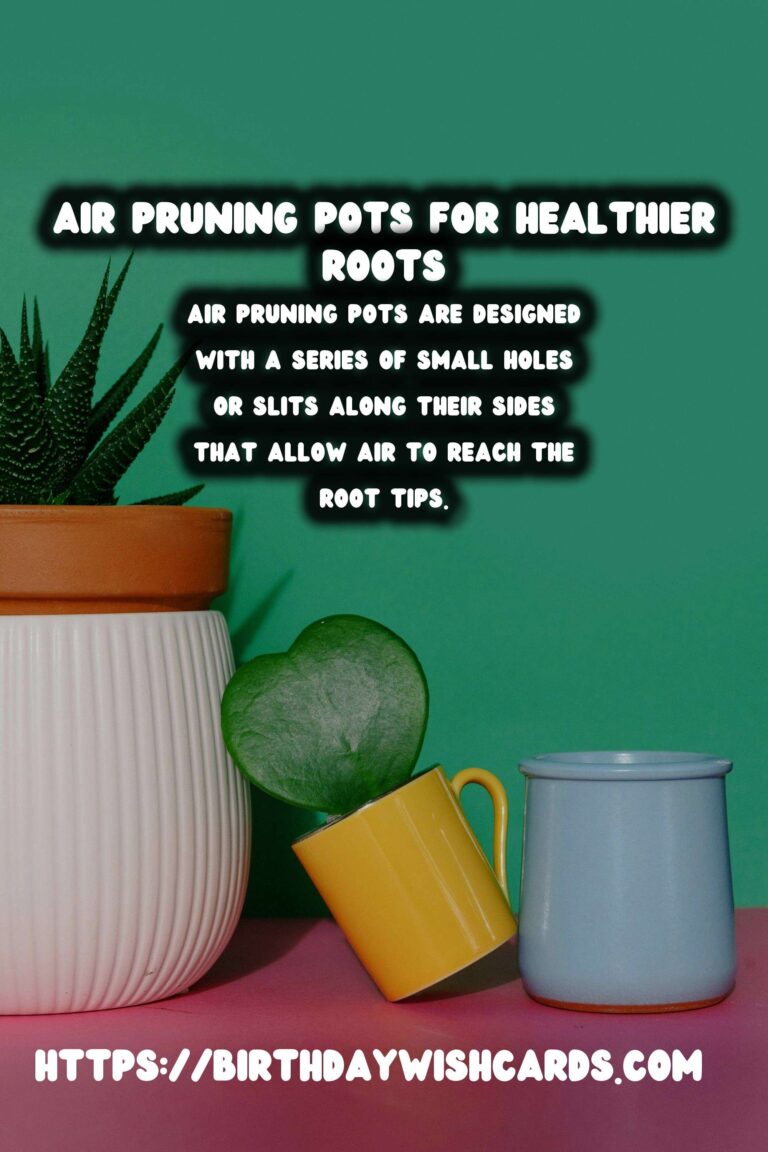
#Gardening #AirPruning #PlantCare #RootSystems #Horticulture




